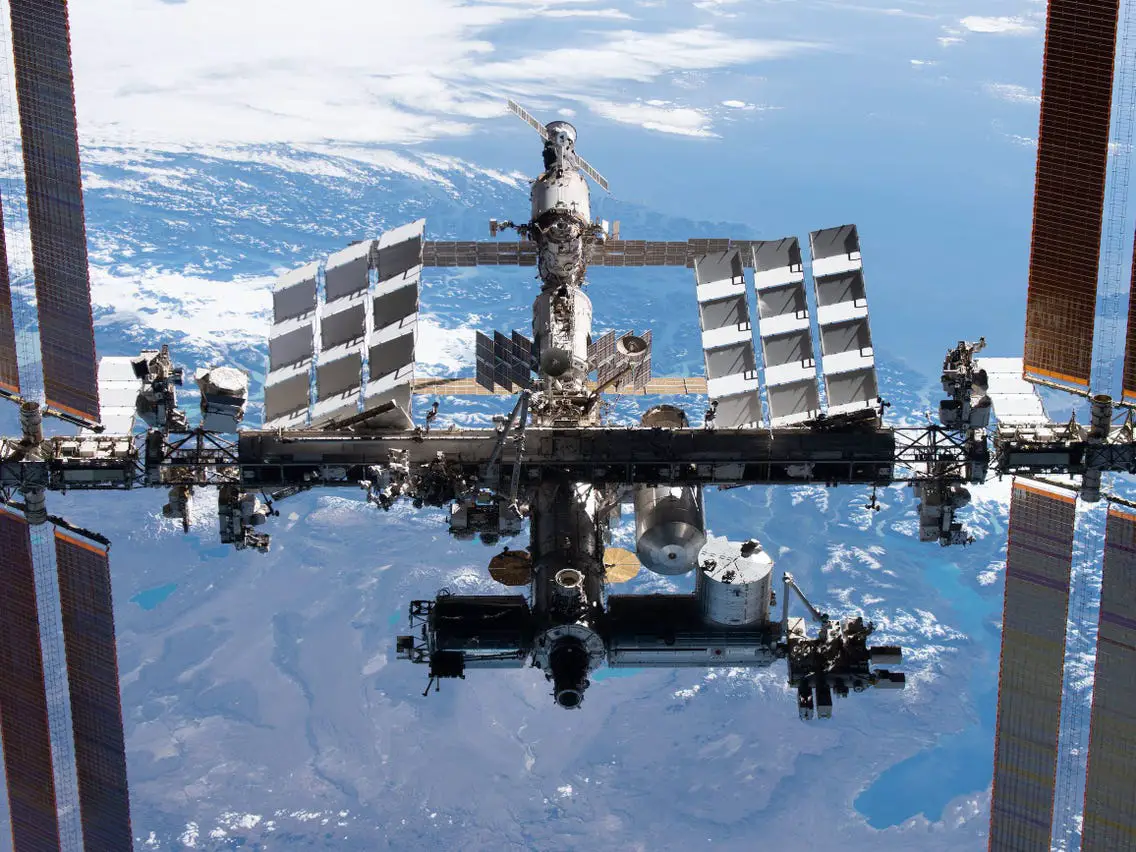NASA is concerned that if Elon Musk’s rocket explodes again during launch, it may damage the agency’s sole access to space. There is a chance that billionaire entrepreneur Elon Musk’s SpaceX business may cut the US off from the International Space Station when it launches its Starship rocket. A repetition of the firm’s early unsuccessful launch, according to NASA’s space operations head Kathy Lueders, might be “quite disastrous.”
The program’s principal launch location in Texas is already undergoing a lengthy regulatory examination. Musk wants to demonstrate to consumers that Starship, which he views as humanity’s ticket to Mars, can reach orbit, a long-awaited key milestone in the rocket’s development. It might take months for SpaceX’s ideas to answer NASA’s worries, which include a plan to launch American astronauts from a separate launchpad in Florida.
As an alternative to the rocket’s main test launch and development site in Boca Chica, Texas, SpaceX rushed the building of an orbital Starship launchpad at its facilities in Cape Canaveral, Florida, last year. The latter’s extensive regulatory evaluation is expected to be completed this week. However, the only pad allowed to launch SpaceX’s Crew Dragon spacecraft is Launch Complex 39A at NASA’s Kennedy Space Center on the coast of Cape Canaveral.
The spacecraft in question is essential for the transportation of humans from NASA to the International Space Station. NASA officials have informed SpaceX in recent months that an accident involving a Starship at Launch Complex 39A could essentially shut off the space agency’s only method of launching United States astronauts to the International Space Station. SpaceX has relayed this information to NASA.
“We all understand that an early failure, as we experienced on one of the early SpaceX missions, would be quite damaging to 39A,” Ms. Lueders added. SpaceX has already spent a significant amount of money on constructing a Starship pad hundreds of feet away from pad 39A’s launch tower.
According to a source familiar with the preparations, it has replied by pushing NASA on a proposal to equip its second Florida pad, Launch Complex 40, five miles away on Space Force land, with the capability to launch American astronauts. According to Ms Lueders, the corporation is also looking into methods to “harden” 39A, or make the launchpad more resistant to both an explosive Starship disaster and the huge forces released by a successful Starship liftoff.
The agency would have to approve both hardenings of the 39A pad and launch people from pad 40. Ms. Lueders said, “SpaceX is working with us on those topics.” “Because it’s also in their best interests for what is a fairly consistent stream of revenue for them not to be disrupted.” Part of SpaceX’s issue is demonstrating that Starship’s innovative liquid oxygen and methane fuel would not harm 39A – a propellant mix that NASA and US authorities are unfamiliar with.
“The difficulty is that the explosive potential for that combination is unknown,” said Randy Repcheck, a deputy manager in the FAA’s Office of Commercial Space Transportation, which is in charge of launchpad safety. Starship is a reusable two-stage rocket system that will be used to deliver commercial satellites into Earth orbit as well as people to the moon and Mars.
NASA selected SpaceX last year to utilize Starship for the agency’s first launch of American humans to the lunar surface since the Apollo program’s days. The rocket’s next major test, a hard job of launching to orbit for the first time, has been delayed in part by the FAA’s refusal to award SpaceX an orbital launch license due to a regulatory examination of the Texas compound’s environmental effect.
Source: The Mirror

